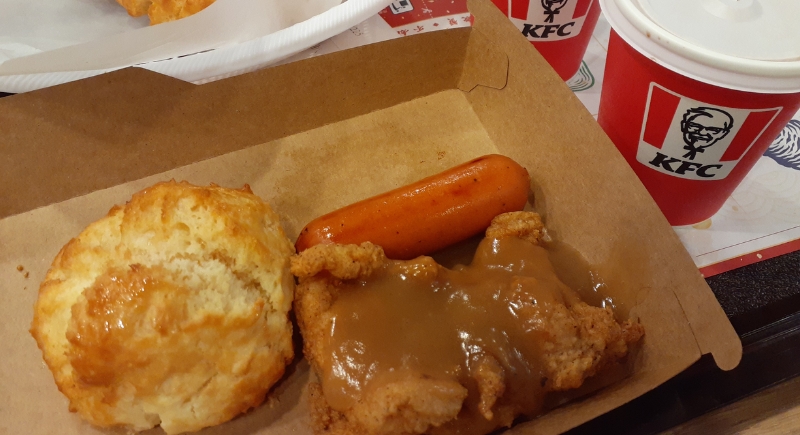The $1 Menu Is Dead and Here’s the Real Reason Why
A cheap meal used to be a small win. Boomers and millennials remember walking into a fast-food spot with a single dollar and leaving with something warm. Those moments shaped many school lunch breaks, late-night drive-thrus, and quick stops between errands. However, prices have since climbed, menus have changed, and naturally, the one-dollar items have faded. People hoped they would return, but the shift had already taken hold.
Why A Dollar Stopped Working

Image via Wikimedia Commons/Maou Hargou Lok
Fast-food value menus depended on low ingredient costs and high customer volume. When prices rose in the mid-2000s, the structure began to break down. Bread increased by more than 20 percent, cheese rose by more than six percent, and condiments climbed as well. Each cheeseburger cost about ten extra cents to make around 2008.
Chains held on for a period in hopes that the crowds would make up the difference. Franchise owners eventually changed recipes or bumped prices above one dollar because a double cheeseburger with two slices of cheese could not stay priced that low without cutting into profits.
Attempts resurfaced in 2017 with menus organized into one-, two-, and three-dollar levels. Customers appreciated the straightforward pricing, but franchise owners reported that people tended to buy only the cheapest items, which reduced overall spending and tightened margins. Some locations still experienced weaker traffic, despite aggressive promotions.
Value Moved To Bundles
Fast-food companies then shifted their focus to bundle deals that delivered predictable costs and larger average orders. Six-dollar meal boxes included an entrée, fries, a drink, and sometimes dessert. These sets encouraged customers to spend more than they would if they had chosen single-value items.
Combos like four-for-four deals and six-dollar boxes soon became the main strategy. Bundles offered a way to present value while still covering operating costs.
In 2024, a former corporate chef for McDonald’s explained why the Dollar Menu had reached its end. Inflation raised ingredient costs, and leadership prioritized premium items that increased the average check rather than relying on ultra-low-price deals.
The company began promoting a McValue menu for early 2025, centered around buy-one, add-one-for-a-dollar offers. Many customers expressed a desire for actual dollar items, and early feedback suggested that the new format might struggle to meet those expectations.
What Replaced The Last $1 Deals

Image via Wikimedia Commons/SoHome Jacaranda Lilau
There are actually a few one-dollar deals that still survive in small pockets. Some neighborhood shops keep a dollar sandwich on the menu for their regulars. One or two pizzerias continue to sell slices for a dollar, though many now charge about $1.50.
A Shanghainese sidewalk counter in New York sells single buns for a dollar, but they often sell out before late afternoon. These spots operate under conditions that are very different from those of national chains.
A dollar item remains possible when rent is manageable, staffing is small, or the deal supports the surrounding community rather than a nationwide system. Large brands can no longer sustain such thin margins, so they utilize app promotions, short-term specials, and bundle deals instead.